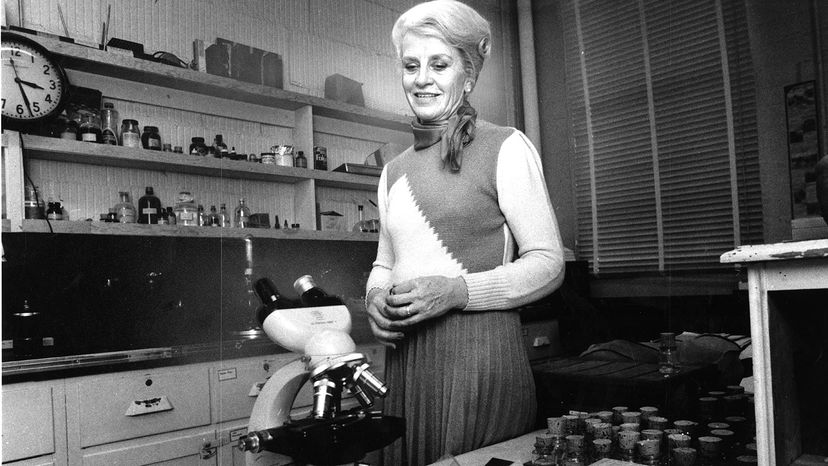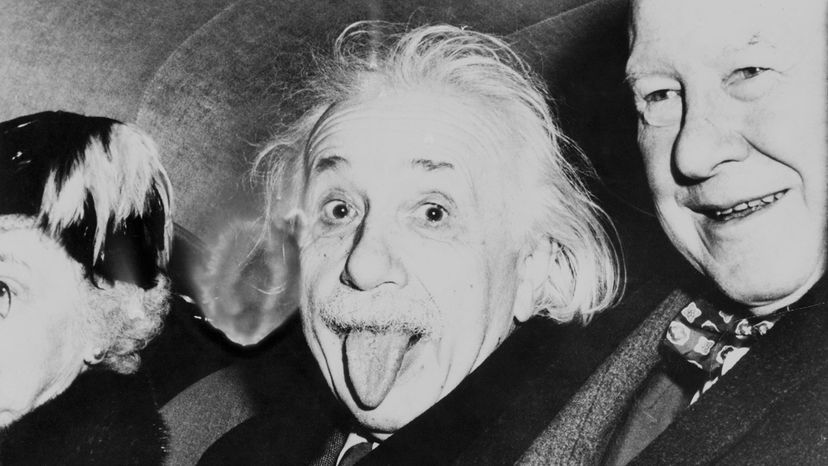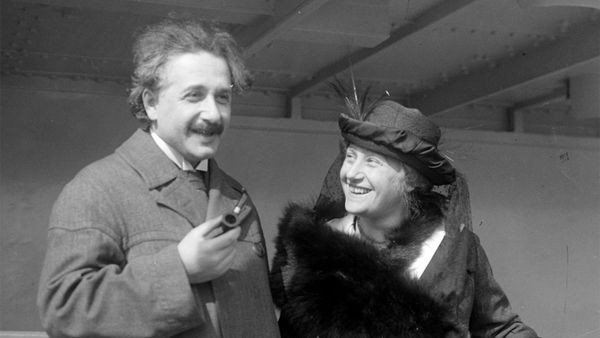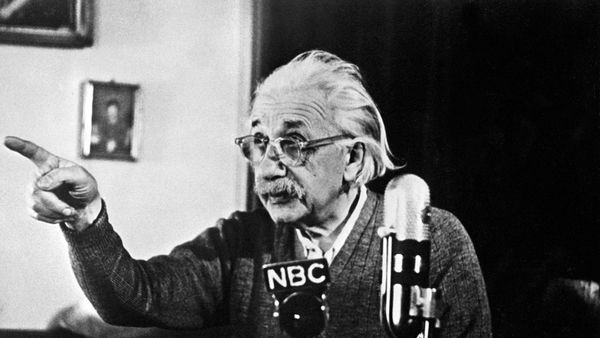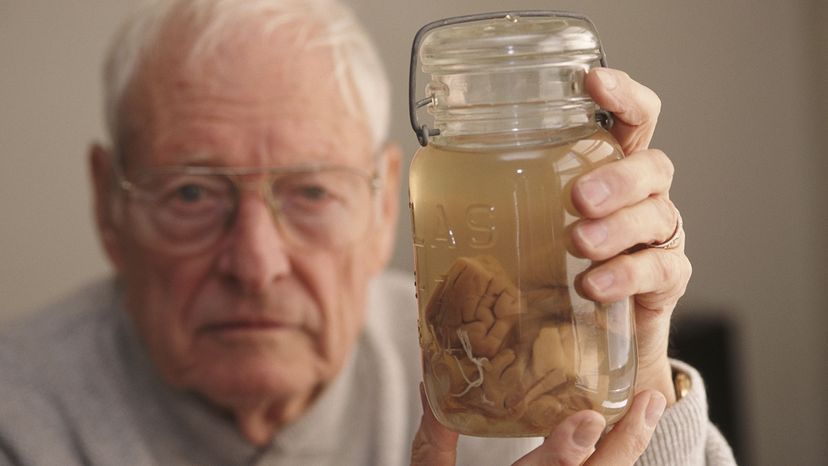
In his last years of life, Einstein knew he was ill and refused operations that would save his life. He made his wishes clear: "I want to be cremated so people won't come to worship at my bones" [source: Paterniti]. Albert Einstein died on April 18, 1955, at the age of 76 of a ruptured abdominal aortic aneurism, and he got his wish as far as his bones were concerned; his ashes were scattered in an undisclosed location. But Einstein's brain was a different matter.
During the autopsy, conducted at Princeton Hospital, a pathologist named Thomas Harvey removed Einstein's brain — the brain that had given the world such revolutionary thoughts as E=mc², the theory of relativity, an understanding of the speed of light and the idea that led to the completion of the atomic bomb. Harvey held the brain that produced those thoughts in his hands. And then he took it.
Advertisement
Depending on whom you believe, Harvey either did a wonderful thing for science that day, or he's no better than a common grave robber. Einstein had participated in studies during his lifetime to ascertain what might have made his brain different, and at least one biographer claims that Einstein wished for his gray matter to be studied after death [source: Altman]. Others claim that the brain fell under the category of things Einstein wanted cremated, and there was further outrage when it was revealed that another person removed Einstein's eyeballs as a souvenir [source: Paterniti].
In some ways, though, Einstein got his wish. No one could come to worship at the relic of his brain, simply because no one except Harvey knew where it was. After Harvey's removal of the brain made news, he secured the permission of one of Einstein's sons to study it, with the "Einstein Brain" results to be published in reputable journals. Harvey felt it wouldn't take very long at all to figure out what made Einstein's brain different and special — surely the brain of such a genius would reveal its secrets quickly. But no studies appeared in the years following Einstein's death, and then Harvey himself, who, again, was merely a pathologist and not a neuroscientist, disappeared with the brain.
Advertisement
